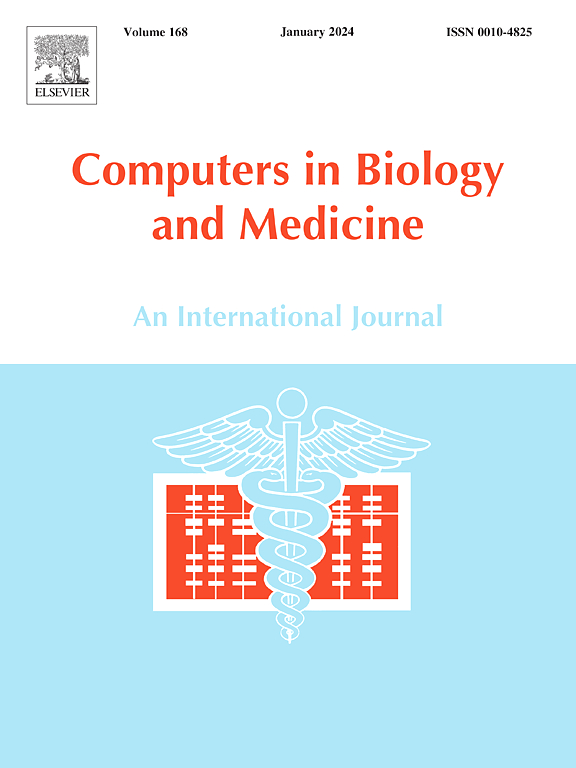用虚拟现实推进情感识别:一种使用生理信号和机器学习的多模式方法
IF 7
2区 医学
Q1 BIOLOGY
引用次数: 0
摘要
情感识别系统传统上依赖于基本的视觉诱导。虚拟现实(VR)提供了一种身临其境的选择,更接近现实世界的情感体验。目的:开发和评估定制的VR场景,旨在唤起悲伤,放松,快乐和恐惧,并利用生理信号结合机器学习技术对情绪状态进行准确预测和分类。方法:采集36名参与者在VR体验过程中的生理信号(心电图、血容量脉搏、皮肤电反应和呼吸)。机器学习模型,包括逻辑回归与平方方法特征选择,被应用于一个独立于主体的方法,以辨别四种情绪状态。结果:生理信号分析提取的特征突出了情绪状态的显著差异。机器学习模型在唤醒、效价和4类情绪分类上分别达到了80%、85%和70%的高精度。可解释的人工智能技术进一步提供了对决策过程和特定生理特征相关性的见解,皮肤电反应峰值成为价态和觉醒维度的最重要特征。结论:本研究证明了虚拟现实在激发真实情绪方面的有效性,以及利用生理信号进行情绪识别的潜力,对情感计算和心理学研究具有重要意义。该方法的非侵入性方法、强大的独立于主体的普遍性以及与可穿戴技术的兼容性使其在心理健康环境和用户体验评估中的实际应用具有优势。本文章由计算机程序翻译,如有差异,请以英文原文为准。
Advancing emotion recognition with Virtual Reality: A multimodal approach using physiological signals and machine learning
Introduction
: Emotion recognition systems have traditionally relied on basic visual elicitation. Virtual reality (VR) offers an immersive alternative that better resembles real-world emotional experiences.
Objective:
To develop and evaluate custom-built VR scenarios designed to evoke sadness, relaxation, happiness, and fear, and to utilize physiological signals together with machine learning techniques for accurate prediction and classification of emotional states.
Methods:
Physiological signals (electrocardiogram, blood volume pulse, galvanic skin response, and respiration) were acquired from 36 participants during VR experiences. Machine learning models, including Logistic Regression with Square Method feature selection, were applied in a subject-independent approach in order to discern the four emotional states.
Results:
Features extracted by physiological signal analysis highlighted significant differences among emotional states. The machine learning models achieved high accuracies of 80%, 85%, and 70% for arousal, valence, and 4-class emotion classification, respectively. Explainable AI techniques further provided insights into the decision-making processes and the relevance of specific physiological features, with galvanic skin response peaks emerging as the most significant feature for both valence and arousal dimensions.
Conclusion:
The proposed study demonstrates efficacy of VR in eliciting genuine emotions and the potential of using physiological signals for emotion recognition, with important implications for affective computing and psychological research. The non-invasive approach, robust subject-independent generalizability, and compatibility with wearable technology position this methodology favorably for practical applications in mental health contexts and user experience evaluation.
求助全文
通过发布文献求助,成功后即可免费获取论文全文。
去求助
来源期刊

Computers in biology and medicine
工程技术-工程:生物医学
CiteScore
11.70
自引率
10.40%
发文量
1086
审稿时长
74 days
期刊介绍:
Computers in Biology and Medicine is an international forum for sharing groundbreaking advancements in the use of computers in bioscience and medicine. This journal serves as a medium for communicating essential research, instruction, ideas, and information regarding the rapidly evolving field of computer applications in these domains. By encouraging the exchange of knowledge, we aim to facilitate progress and innovation in the utilization of computers in biology and medicine.
 求助内容:
求助内容: 应助结果提醒方式:
应助结果提醒方式:


